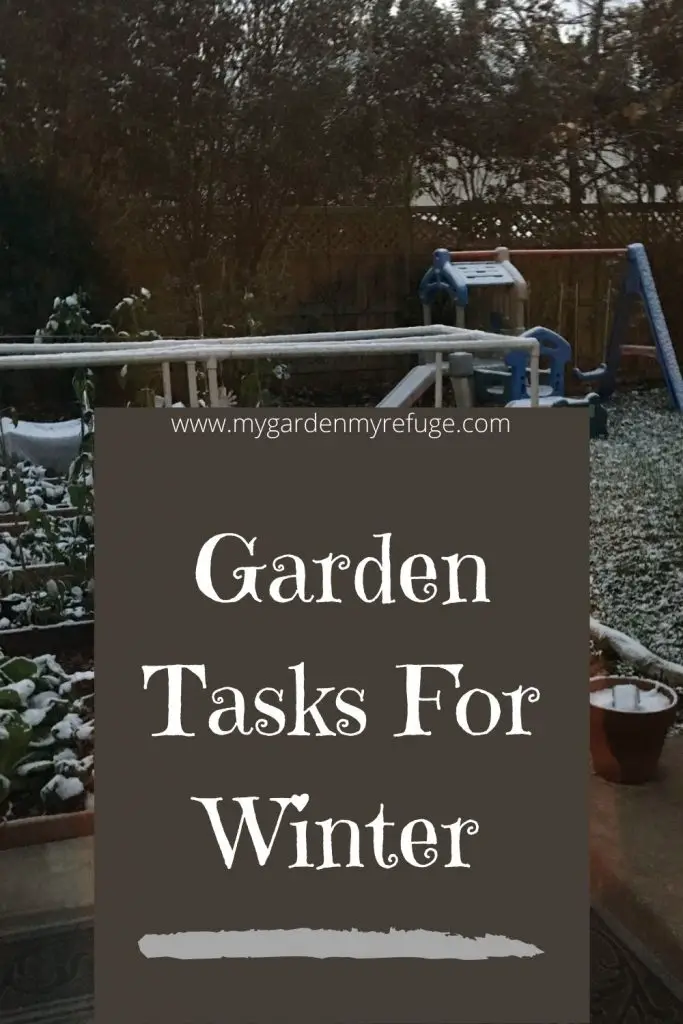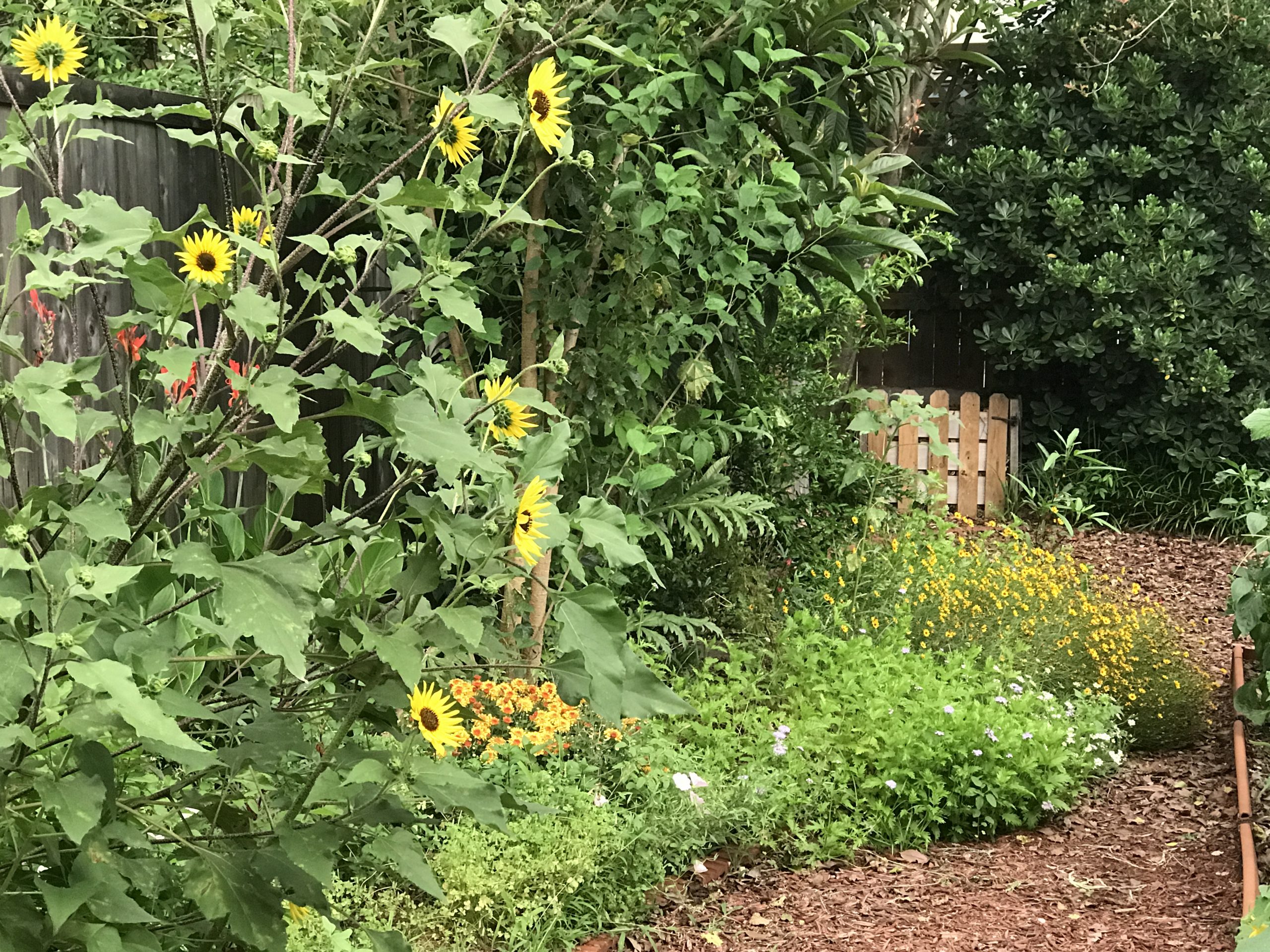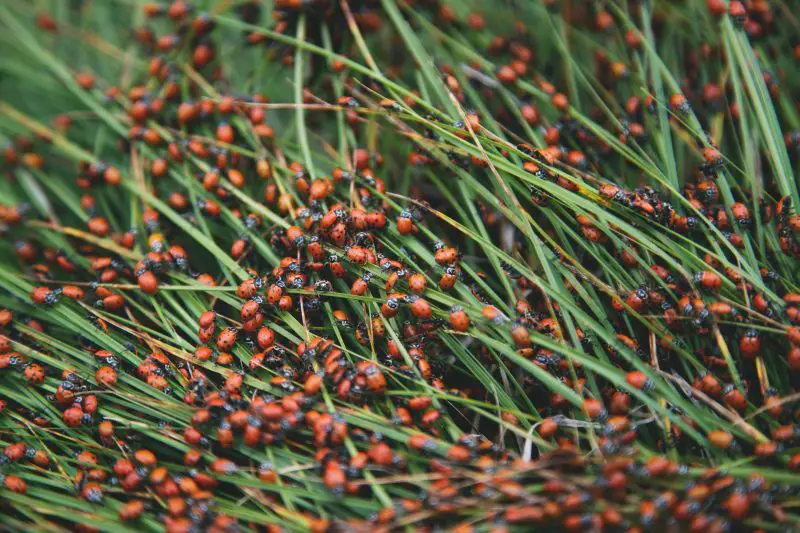Here is a list of 12 simple garden tasks for winter to help you prepare for the growing season. The cool season may be slow for some gardeners, especially in regions where winter is harsh and long. However, the garden is still going strong with cool-season crops for those who got mild winters.
1- Plant More Winter Crops for Spring Harvest
There is still time to plant more cool-season crops for spring harvest. Winter solstice is around the corner, and the crops will receive more sunlight, which will speed up their growth.
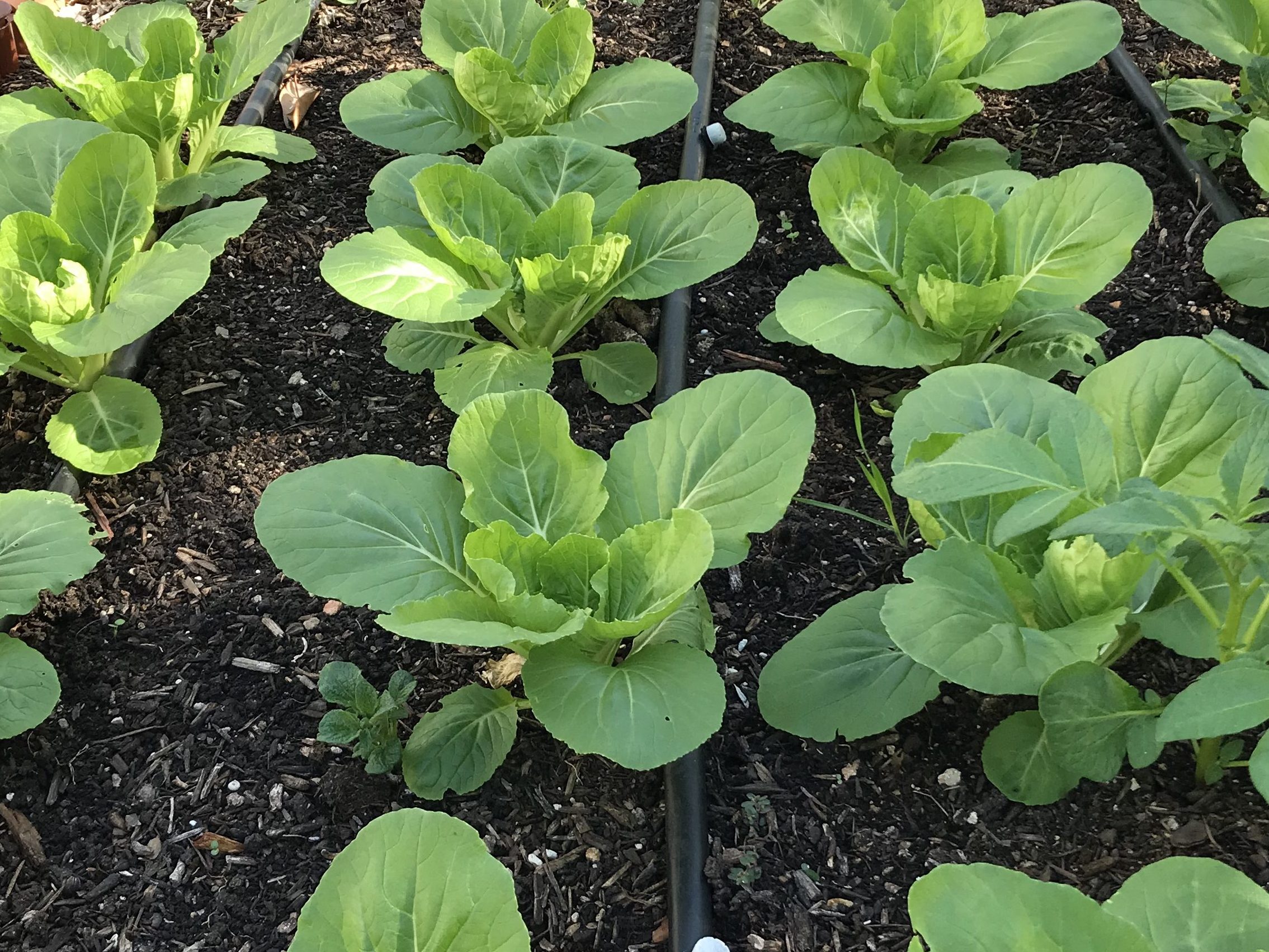
Some crops to plant in December and January are:
- Broccoli (transplants)
- Beets (seeds or transplants)
- Cauliflower (transplants)
- Cilantro (transplant will be faster, but seeds will work too)
- Chinese cabbage (transplants)
- Kale (transplants)
- Turnips (seeds or transplants)
- Onions (from sets)
- Parsley (transplants will be faster, but seeds will work)
- Fava beans (from seed is best)
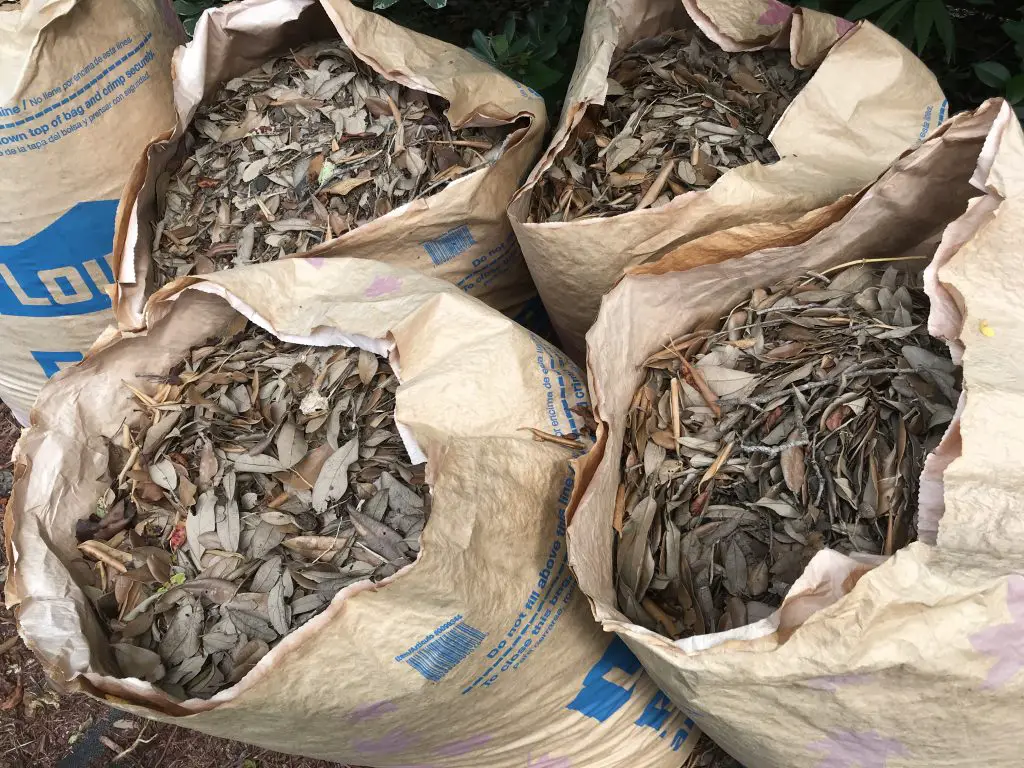
2- Collect Tree Leaves for Leaf Compost/Mold
The trees are dropping their leaves, and it is a shame to let them go to waste. Instead, collect the leaves and use as mulch or compost them to make leaf mold. There is an easy method to compost leaves.
- Fill heavy-duty black plastic bags with leaves.
- Water to moisten them.
- Tie the bag shut.
- Puncture some holes in for air.
- Set it aside in a sunny place.
- The leaves will cook down into fluffy dark compost.
- Check on them for moisture, and air circulation, to prevent rot.
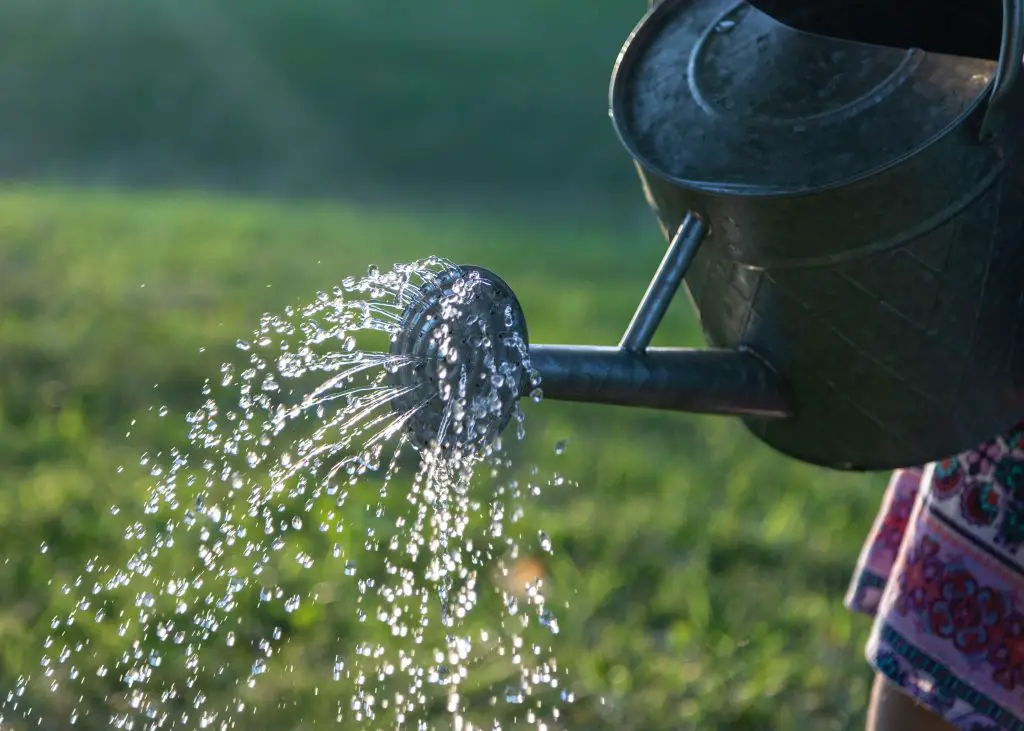
3- Add Replenish Garden Beds with Organic Matter
Organic matter is all the material that breaks down through decomposition. Tree leaves, grass clippings, and kitchen scraps are things you can add to your grow beds during the low season. They will break down and refill the existing soil with biological life and nutrients. Compost is the best choice for gardeners to improve any soil type. It improves moisture retention in sandy soil and drainage in clay soil.
4- Don’t Forget to Water
During the cool season, dry air and frequent winds dry the soil, just as does the hot weather. Keep an eye on your garden and potted plants to water them as needed. Infrequent deep watering is better than frequent shallow watering.
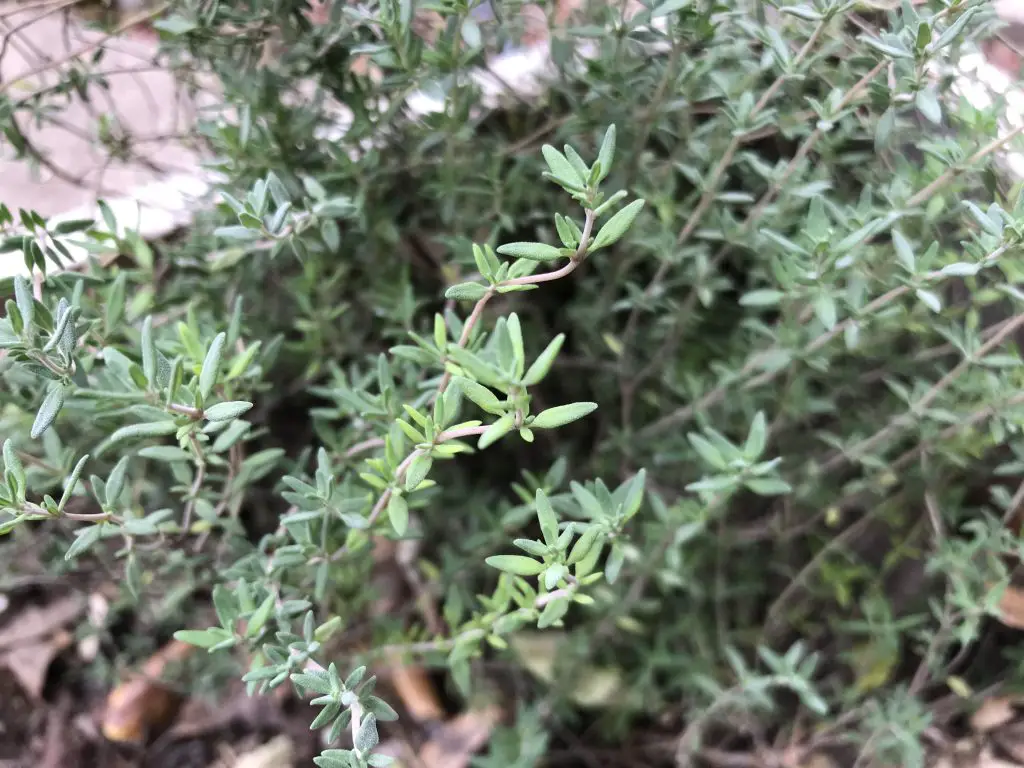
5- Plant Trees, Shrubs, and Roses
The cool season is the best time to add trees, shrubs, and roses to your landscape. Planting them now will give them a better chance to establish their root systems. The slow growth allows the plants to focus their energy on the roots. Spring is very short in Central Texas, and summer is harsh on new plants and requires more attention from the gardener to keep them alive.
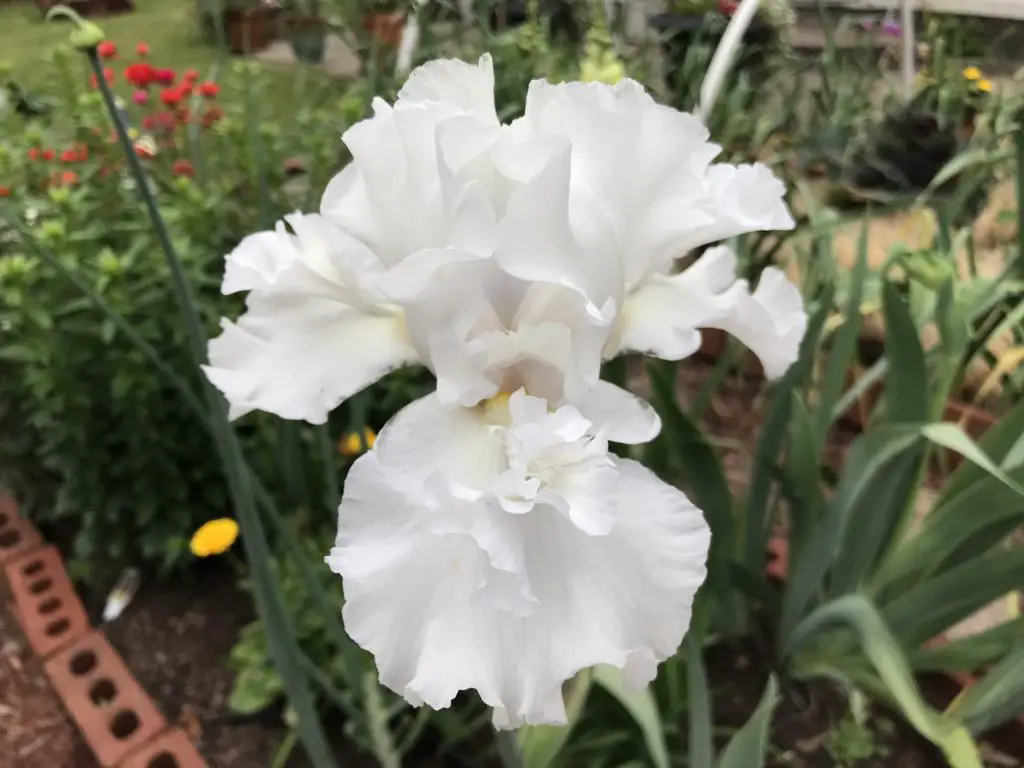
6- Plant Bulbs
Iris, daffodils, gladioli, and paperwhite flowers grow from bulbs, which is the time to plant them. If you got a crowded bed of iris bulbs, it is also the time to split them to share.
7- Turn Your Compost
Turn your compost pile and aerate it to speed up the cooking. Stop adding to the pile new material to allow you to cook and be ready for your spring garden. If you do not have a compost pile, it is time to start one. Check out my post on easy backyard composting.
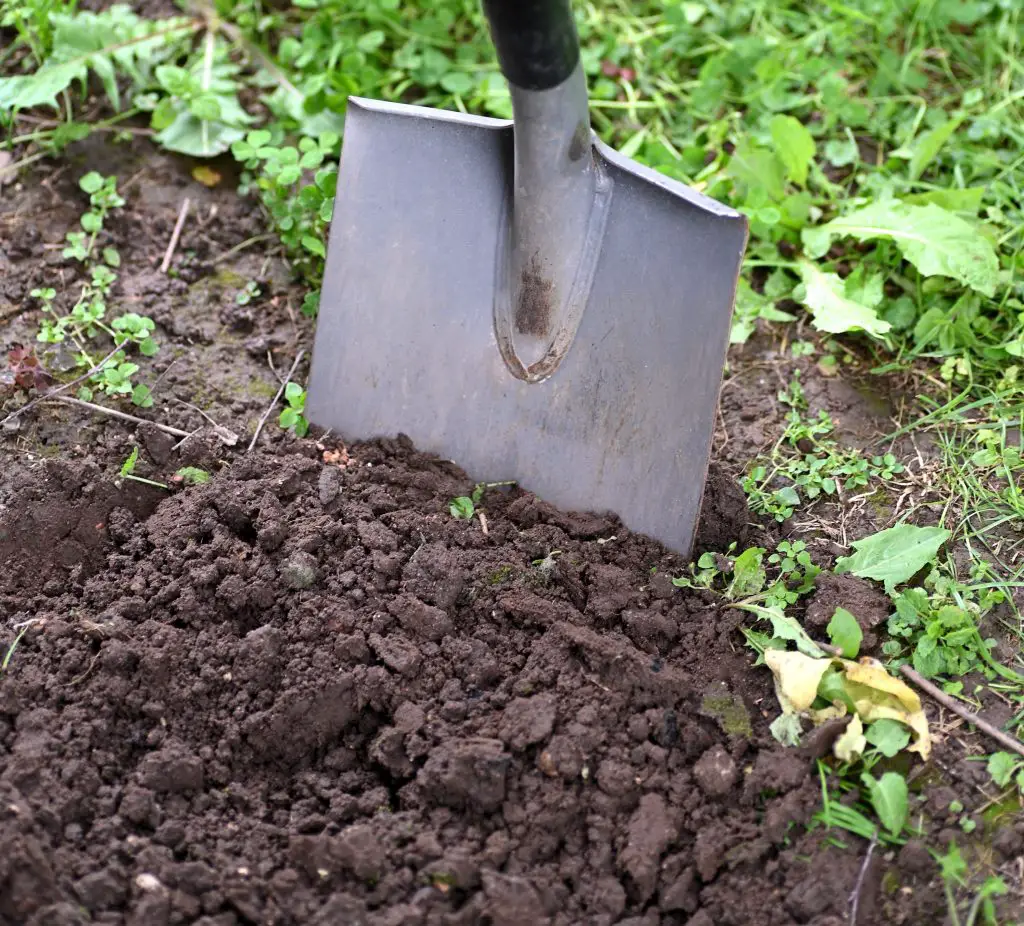
8- Sharpen Your Tools
Taking care of the tools is the task many gardeners ignore. Garden tools do need regular maintenance to keep them sharp and expand their lives. They do accumulate quite a bit of soil and debris, which may reduce their effectiveness. Cutting tools, for example, may become dull, which would make them hazardous. Check out this article by thespruce.com on cleaning and sharpening garden tools.
There are some materials you would want to have on hand to do a proper job.
- Lubricating oil such as linseed oil to put on the tools’ joints to keep them from jamming on you. The oil also conditions the wood handles of the tool.
- A wire brush to clean the tool from dirt and debris.
- A sharpening stone designed to hone the tool and keep it ready for use at any time.
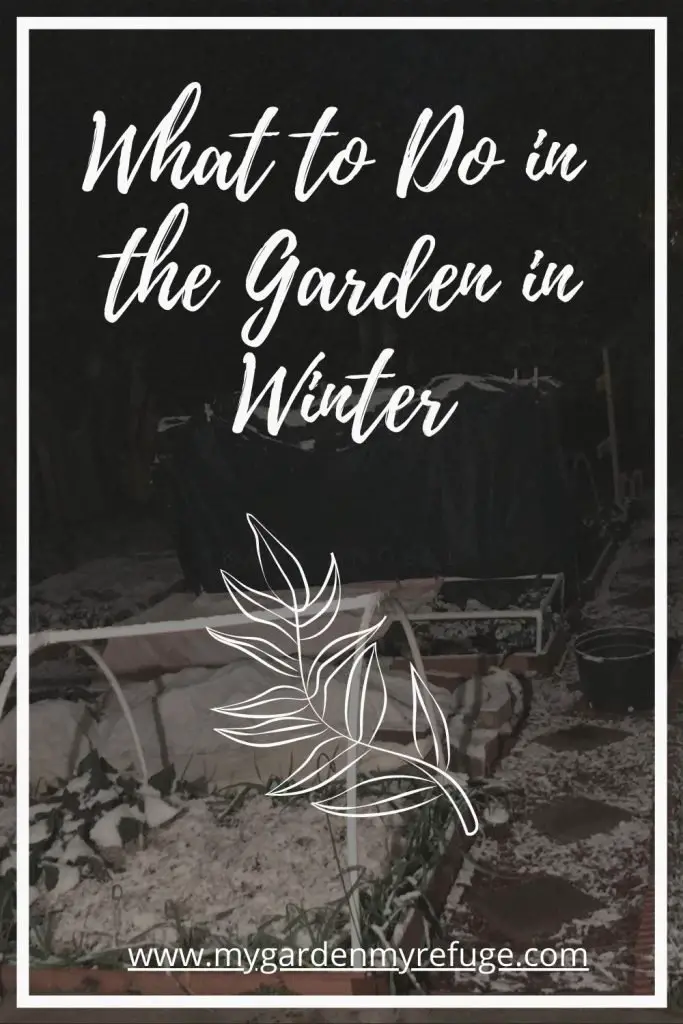
9- Maintain Garden Pathways and Edges.
Being busy in the garden planting, tending, and harvesting may get in the way of keeping it tidy and visually pleasing. The slow season of winter is the time to do some maintenance. The southern grass usually goes dormant when it is cold, which makes it easy to keep the garden boundaries tamed
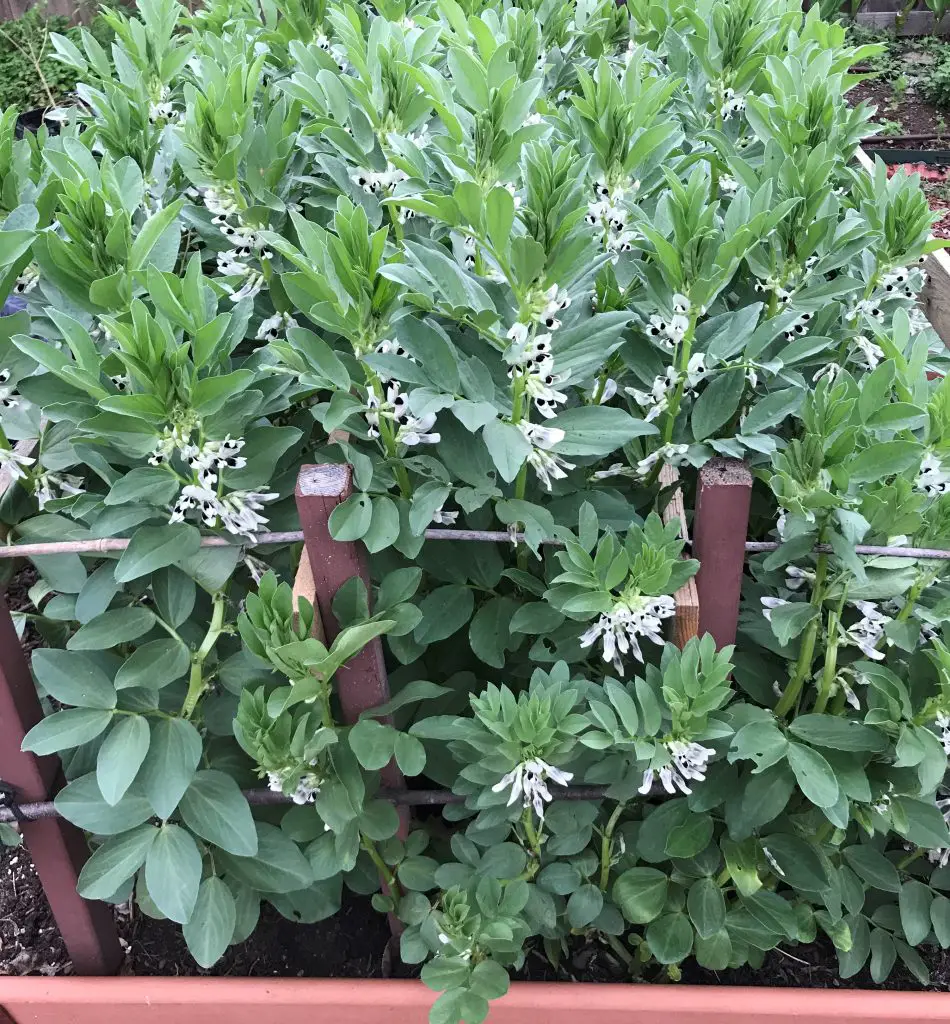
10- Grow Cover Crops
If you put your garden to bed for the winter, you might rather plant some cover crops, such as grasses, legumes, and grains, then till into the soil in spring. They are also called green manure. Growing cover crops feeds the soil and prevents it from turning compact and dry during the offseason. This practice reduces soil erosion, increases water retention, and prevents weeds from growing by smothering them.
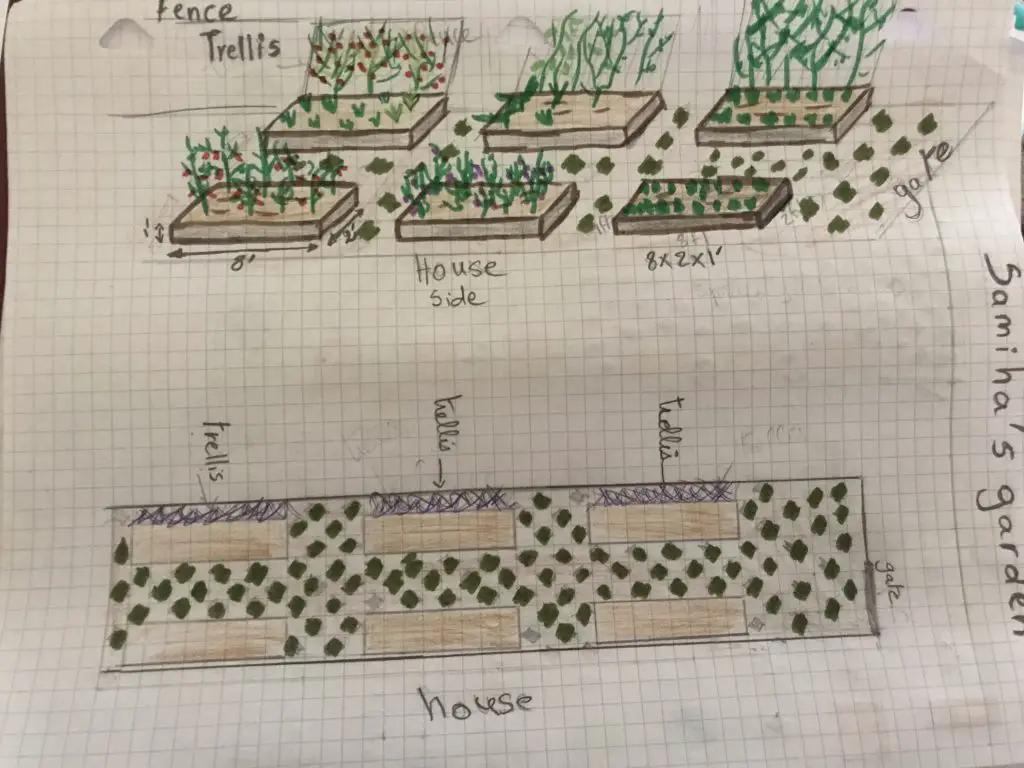
11- Plan Your Spring Garden
Sit back with a cup of tea, a sketchbook, and a pencil to put your next-season plans on paper. You may expand the existing garden or improve its layout. You may add trellises or water features. Whatever you are thinking of, having a visual is more motivating and puts your ideas in order.
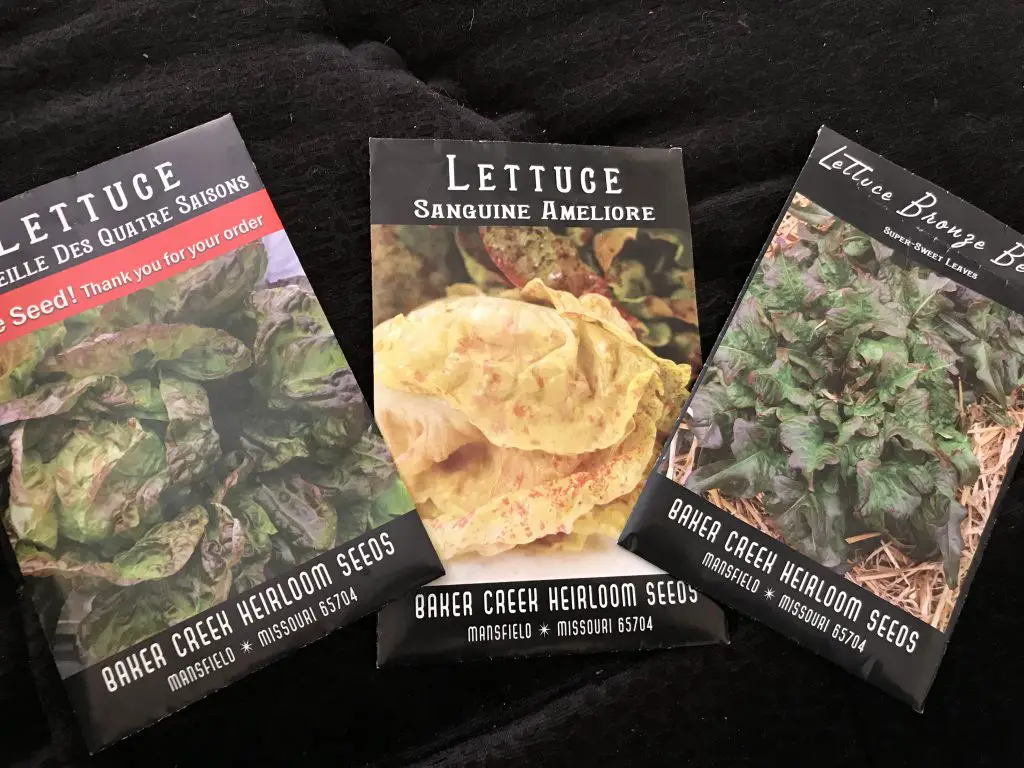
12- Order Seeds
Going through the seed catalogs is the best part of gardening. First, have a handy list of crops you would like to try growing. While flipping through the colorful varieties, mark those that grab your attention. Then gather them all and start narrowing the list down by eliminating those that won’t work in your space. Finally, check your budget as you may need to narrow the list further.
